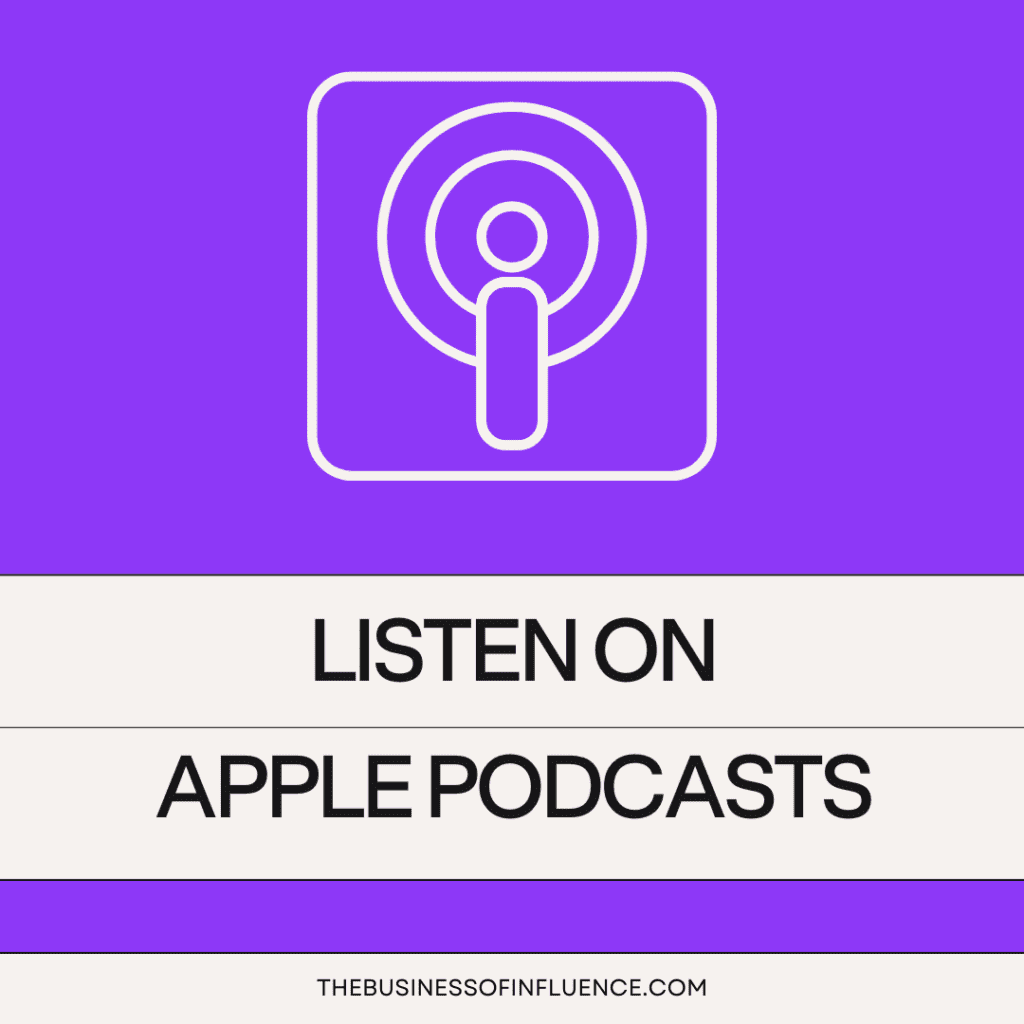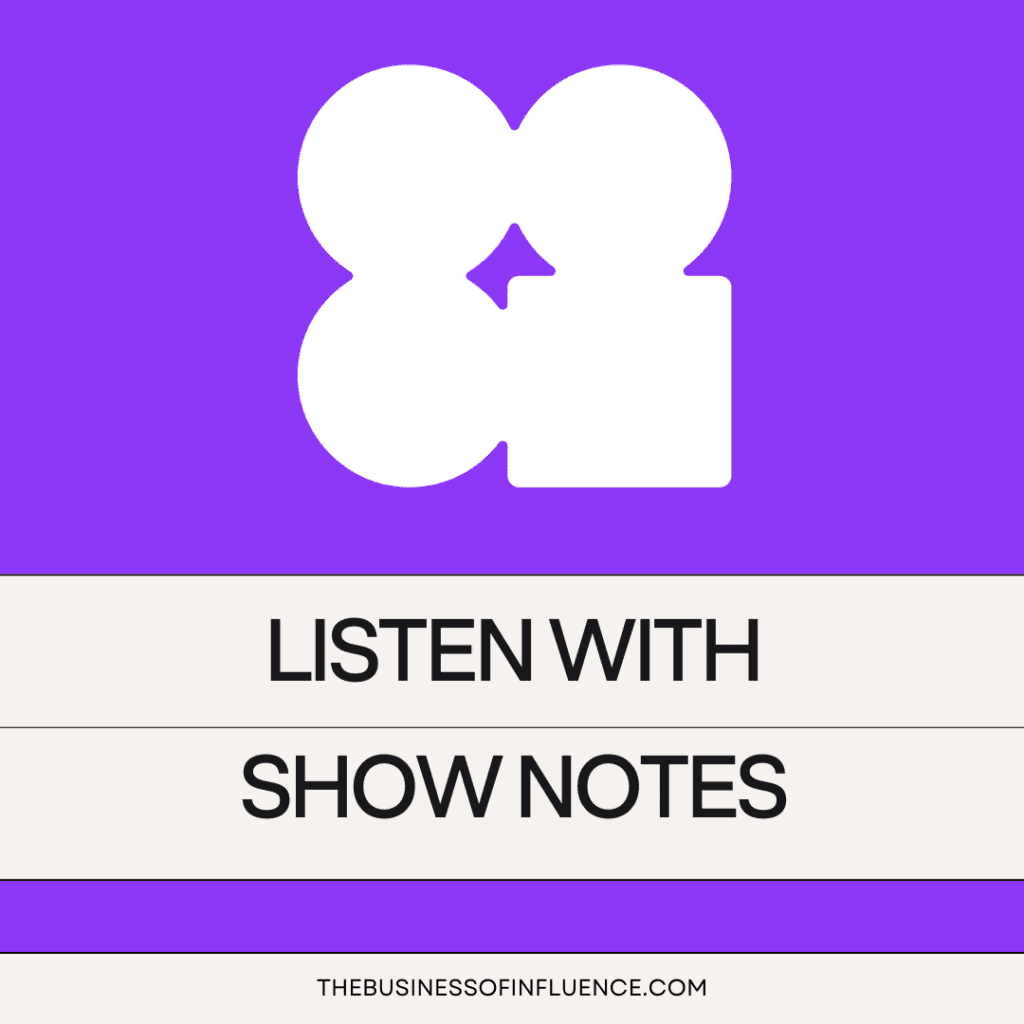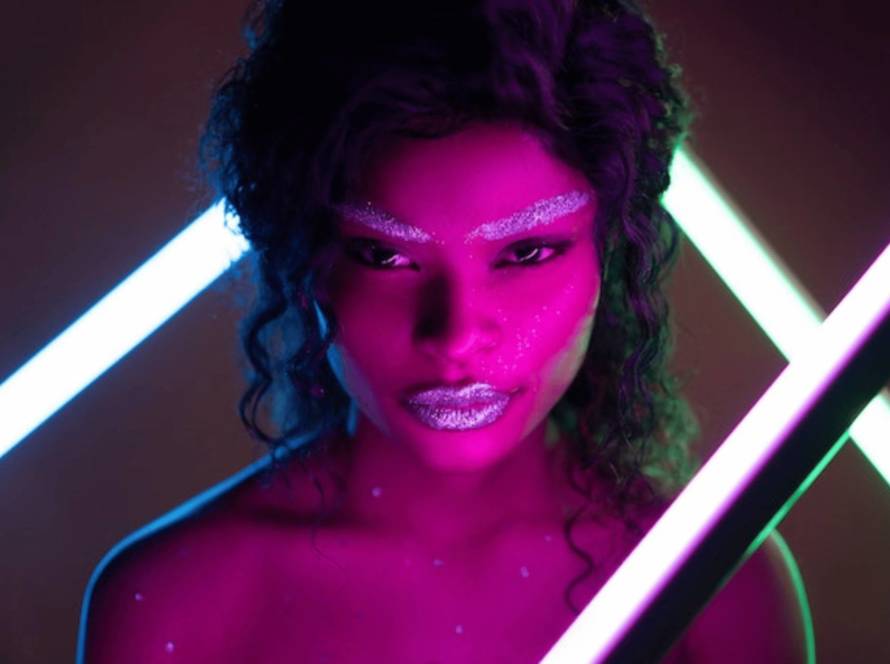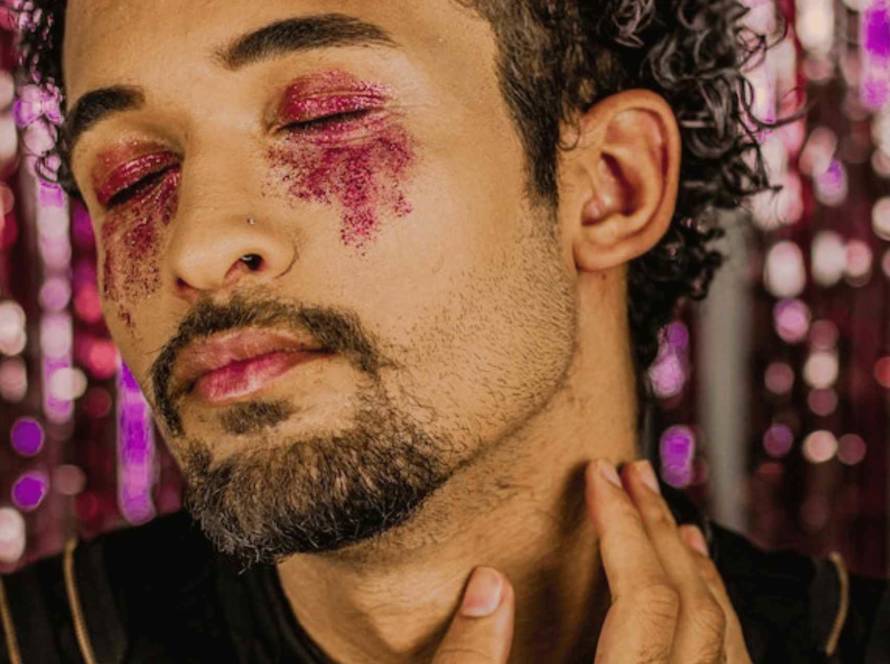Navigating the intricate details of content creation can be a challenge, especially when it comes to stating what’s included or excluded in your collaboration with a brand. Carefully considering this step is important as it’s one of the biggest opportunities you have to increase your revenue from a brand. And, it also helps to avoid potential pitfalls along the way.
This blog will help you to confidently and effectively define your inclusions and exclusions when working on brand campaigns. There’s also some information to help you define your work for public appearances, public speaking, demonstrations, workshops, and various other creative endeavours with brands.
Preparing inclusions for your influencer brand campaign
Defining inclusions in an influencer-brand collaboration is a critical step that forms part of the scope of work you will deliver. It clarifies your obligations, giving the brand a clear understanding of what to expect.
Each brand collaboration is unique, with different requirements and expectations. You should use these examples as a starting point, adapting them to fit the specifics of each campaign and brand engagement.
Pre-approval and Revisions: Pre-approval of content and revisions are vital inclusions in a campaign. A brand may want pre-approval for larger campaigns, and this may include one round of revisions. The number of revisions may vary depending on the type and volume of content being produced, and should be negotiated as part of the campaign.
Tags, Hashtags, and Swipe Up: The use of brand-nominated hashtags and tags should be specified in the inclusions. A maximum number of tags can be set, and the requirement of including #ad or #sponsored tags for branded content should be considered.
Display of Content: State that content will remain on your channels for a specified duration beyond the campaign period. This inclusion can demonstrate value to the brand and enhance your relationship with them.
Briefing Call: Including a commitment to attend a briefing call with the brand to understand their instructions and directions can ensure a successful campaign.
Talent Channel Distribution: A statement along the lines of “creation and distribution of content to talent channels as described in this scope of work (or quote)” is an essential inclusion. This specifies what you’re providing to the brand and assures them you’re committed to the agreed deliverables.
Usage Rights: The inclusion should specify the usage rights given to the brand to republish the content created, depending on the agreed terms in the quote or scope of works.
For live events, there are additional considerations:
Supply of Talent Images and Biography: If you are attending an event, you may need to provide an image and biography for PR purposes.
Time Allowance Pre-event: Your inclusions should account for time to prepare resources before the event.
Time Allowance on Event Day: Allowances should also be made for any final preparation, technical checks, or rehearsals on the day of the event.
Event Assets: If the brand wants to capture their own assets at a live event, this should be included in your deliverables and factored into your pricing.
Wardrobe: Depending on the event, you may need to supply specific wardrobe items.
Licence for Brand to Publish on Talent Channels: The brand should have a license to publish the event material on your channels, and this should be specified in the inclusions.
Commitment to Success: A commitment to deliver end-to-end campaign or event deliverables using your expertise (or your team’s) should be included to demonstrate your dedication to a successful campaign.
The Value of Clearly Stated Exclusions in Influencer Campaigns
For influencers, one crucial boundary-setting tool is defining and stating the exclusions in your proposals or quotes. While this may feel uncomfortable initially, outlining what is not included in the scope of work is a crucial part of transparent and effective communication.
Exclusions help to clearly define what is and isn’t part of your responsibility for the campaign. Without this clarity, you could find yourself in the middle of a campaign, or worse, at the end of one, having to deal with unmet expectations from the brand. By setting exclusions right from the start, you’ll lay a solid groundwork that eliminates guesswork and potential disputes down the line.
Here are some examples of common exclusions that influencers you will want to consider including in your campaign proposals and scope of work:
Content Quality: Make it clear that the content delivered will mirror the usual quality and style that the you are known for and that any additional editing or professional enhancements are not included unless otherwise agreed upon.
Supply of Product: The brand should be responsible for providing the product to be promoted. Your role is to advertise it, not to purchase it.
Faulty or Missing Product: You should not bear the responsibility for replacing any faulty, missing, or undelivered product. This onus falls on the brand.
Return of Product: Unless under special circumstances, you should not be required to return any products used for content creation. If the product needs to be returned, it should be at the brand’s expense, factoring in reasonable wear and tear.
Props: If the brand requires the use of specific props in your content, these additional items should either be provided by the brand or costed into the quote.
Exclusivity: You should not automatically offer exclusivity to the brand. If the brand seeks exclusive rights to your time or content, it should be willing to pay a premium.
Date Blockouts: If there are pre-existing commitments or date restrictions that you are aware of, these should be specified upfront.
Campaign Insights: The campaign’s insights or progress metrics are important, but they require time to compile. If the brand requires a detailed report, this should be a paid service. A basic screenshot of analytics might be provided as a courtesy, but for extensive reports, especially in long-term collaborations, an extra charge should be applied.
Content Distribution: Be clear about the usage rights. Unless otherwise specified, include a statement that reads: “Distribution of any content in any format, including usage rights for social and digital media, TV, radio, OOH, or print publications is not included.”
Content Rights: Similarly, the rights to the content created should be expressly covered in the scope of work. Use this statement: Any usage, territory, purpose, term, or distribution not expressly covered in the proposal should be considered as an exclusion.
Reuse of Material: It should be clear that the reuse of material for future campaigns is not included unless expressly agreed upon.
For influencers participating in live events, there are a few more exclusions to consider:
Travel Costs: If an event requires travel, the costs, including flights or transfers, should be covered by the brand.
Hair and Makeup: If an event is being recorded or filmed, the brand should cover the costs of professional hair and makeup.
Insurance: The brand should ensure that proper insurance is in place to cover any unexpected incidents during an event, in addition to any insurance you might be required to hold.
As an influencer, taking the time to consider all the inclusions and exclusions for a campaign can prevent future heartaches and ensure that you are adequately compensated for your work. Remember, creating content requires skill and effort and should be appropriately rewarded. The exposure gained from a campaign doesn’t pay the bills – fair compensation does!
These inclusions and exclusions are not exhaustive; they should act as a starting point when planning your campaigns. As every campaign is different, always approach each one with a fresh perspective.
For a more in-depth conversation on the topic, listen to The Business Of Influence Podcast, episode 4: Campaign Inclusions and Exclusions. You’ll find plenty of insights and discussions on how to create successful and rewarding influencer campaigns.




